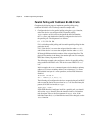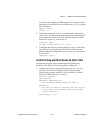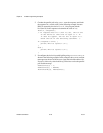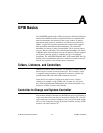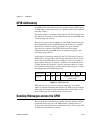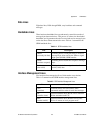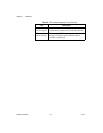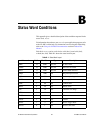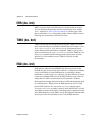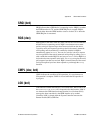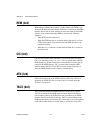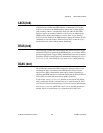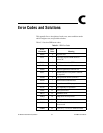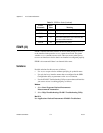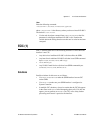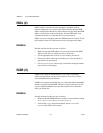
Appendix B Status Word Conditions
NI-488.2 User Manual B-2 ni.com
ERR (dev, brd)
ERR is set in the status word following any call that results in an error.
You can determine the particular error by examining the error variable
iberr. Appendix C, Error Codes and Solutions, describes error codes
that are recorded in
iberr along with possible solutions. ERR is cleared
following any call that does not result in an error.
TIMO (dev, brd)
TIMO indicates that the timeout period has expired. TIMO is set in the
status word following any synchronous I/O functions (for example,
ibcmd,
ibrd, ibwrt, Receive, Send, and SendCmds) if the timeout period
expires before the I/O operation has completed. TIMO is also set in the
status word following an
ibwait or ibnotify call if the TIMO bit is set
in the
mask parameter and the timeout period expires before any other
specified
mask bit condition occurs. TIMO is cleared in all other
circumstances.
END (dev, brd)
END indicates either that the GPIB EOI line has been asserted or that
the EOS byte has been received, if the software is configured to terminate
a read on an EOS byte. If the GPIB interface is performing a shadow
handshake as a result of the
ibgts function, any other function can return
a status word with the END bit set if the END condition occurs before or
during that call. END is cleared when any I/O operation is initiated.
Some applications might need to know the exact I/O read termination mode
of a read operation—EOI by itself, the EOS character by itself, or EOI
plus the EOS character. You can use the
ibconfig function (option
IbcEndBitIsNormal) to enable a mode in which the END bit is set only
when EOI is asserted. In this mode, if the I/O operation completes because
of the EOS character by itself, END is not set. The application should check
the last byte of the received buffer to see if it is the EOS character.



